Transcript provided below.
Tag: deep-sea mining
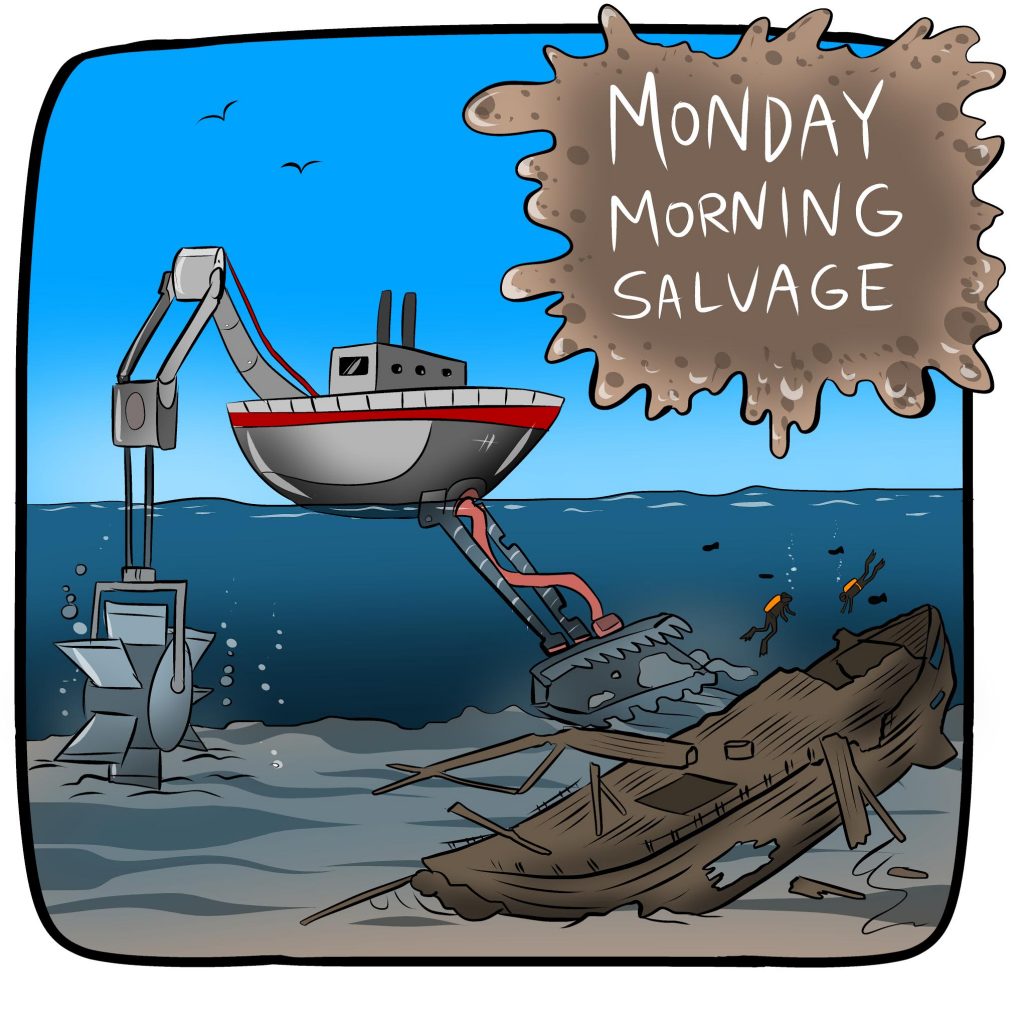
Flotsam (what we’re obsessed with right now)
- Bob Ballard is off on a quest to find the wreckage of Amelia Earhart’s Electra 10E. Many attempts have been made to discover the famed aviator’s fate, but never with the technological tools at Robert Ballard’s disposal.

- But make no mistake: behind the flashy headlines is a chance to test some of the most advance seafloor searching autonomous systems in the research armada.
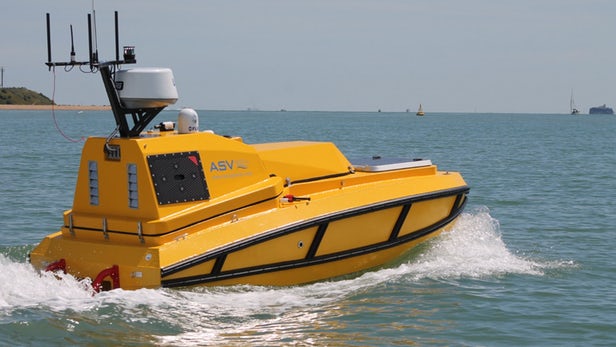
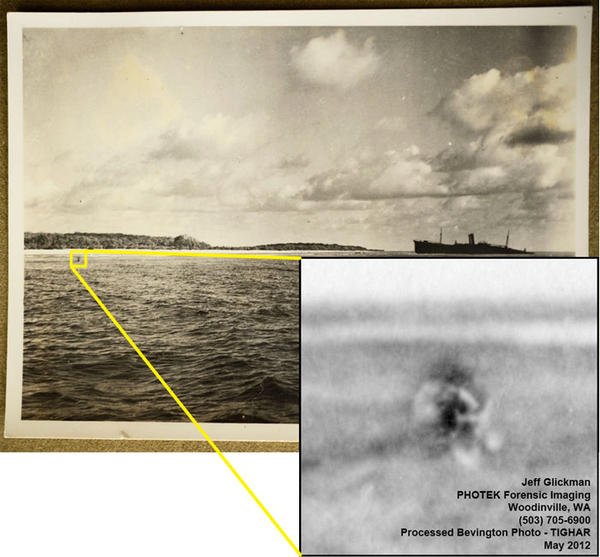

Foghorn (A Call to Action!)
- Trump Administration Guts Endangered Species Act, setting back conservation efforts by decades, dooming thousands of charismatic species to extinction, and sealing his legacy as the racist president that is unambiguously worse than Nixon. Look, at this point, if you aren’t calling your representatives on the regular to demand impeachment, I don’t know what to tell you.
Flotsam (what we’re obsessed with right now)

- Ballard announces new plan to search for Amelia Earhart’s plane. Cool.
- Side Note: Ballard’s search for the Titanic has now been revealed as a front to search for two lost US nuclear submarines. Many defense experts also believe Earhart’s flight was used to provide cover as the Navy populated the Pacific with airfields. So perhaps something else is happening here, too.
- Whooshh! Salmon Cannons Are A Thing.
[The following is a transcript from a talk I gave at a side event during Part II of the 25th Session of the International Seabed Authority in July, 2019. It has been lightly edited for clarity.]

I want to change gears this afternoon and talk about a very different kind of mining. For the last two years, Diva and I have been engaged in a data mining project to discover what we can learn and what we still need to learn about biodiversity at hydrothermal vents from the 40-year history of ocean exploration in the deep sea.

“When the RV Knorr set sail for the Galapagos Rift in 1977, the geologists aboard eagerly anticipated observing a deep-sea hydrothermal vent field for the first time. What they did not expect to find was life—abundant and unlike anything ever seen before. A series of dives aboard the HOV Alvin during that expedition revealed not only deep-sea hydrothermal vents but fields of clams and the towering, bright red tubeworms that would become icons of the deep sea. So unexpected was the discovery of these vibrant ecosystems that the ship carried no biological preservatives. The first specimens from the vent field that would soon be named “Garden of Eden” were fixed in vodka from the scientists’ private reserves.”
Thaler and Amon 2019
In the forty years since that first discovery, hundreds of research expedition ventured into the deep oceans to study and understand the ecology of deep-sea hydrothermal vents. In doing so, they discovered thousands of new species, unraveled the secrets of chemosynthesis, and fundamentally altered our understanding of what it means to be alive on this planet. Now, as deep-sea mining crawls slowly towards production, we must transform those discoveries into conservation and management principles to safeguard the diversity and resilience of life in the deep sea.
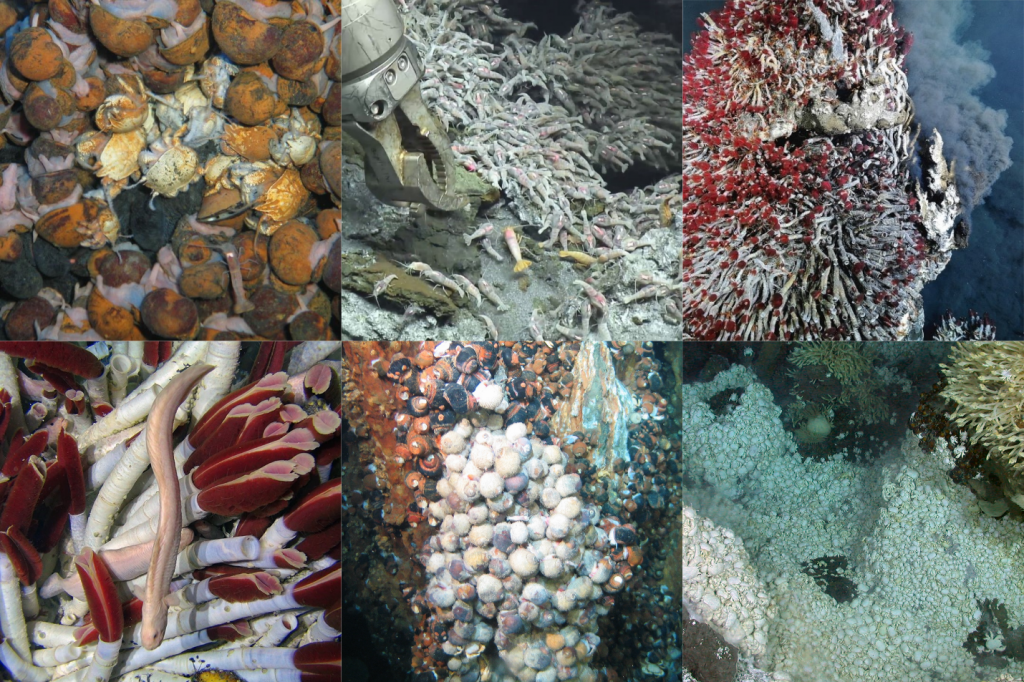
Though research at hydrothermal vents looms large in the disciplines of deep-sea science, relative to almost any terrestrial system, they are practically unexplored. Over the last 2 years, Drs. Andrew Thaler and Diva Amon have poured through every available cruise report that made a biological observation at the deep-sea hydrothermal vent to assess how disproportionate research effort shapes or perception of hydrothermal vent ecosystems and impacts how we make management decisions in the wake of a new form of anthropogenic disturbance.
In 2001, on an expedition to hydrothermal vent fields in the Indian Ocean, researchers made a bizarre discovery. Clustered in small aggregations around the base of a black smoker was an unusual snail, seemingly clad in a suit of armor. Rather than a single, hard, calcareous structure, the snail’s operculum was covered in a series of tough plates. On recovery to the surface, those plates, as well as the snail’s heavy shell, began to rust. This was an Iron Snail.
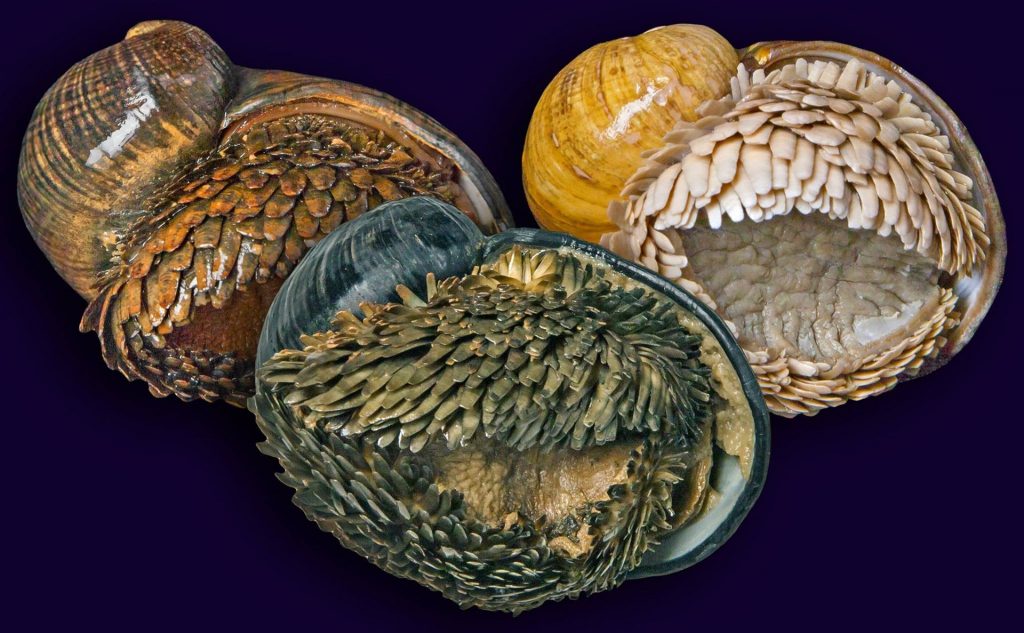

Flotsam (what we’re obsessed with right now)
- What Makes Things Slimy? Now, I’m just a humble country deep-sea ecologist, but I reckon it’s probably the slime.
- I’m not not considering this: I Live Alone in an Island Paradise.


Foghorn (A Call to Action!)
- Shameless plug for my Patreon! This month, subscribers who sign up for the Ocean Pun Sticker reward will get this glorious squat lobster in high quality vinyl. Suitable for dive gear, laptops, field equipment, or anywhere luxuriously goofy stickers are displayed.

Flotsam (what we’re obsessed with right now)
- Gator falls!
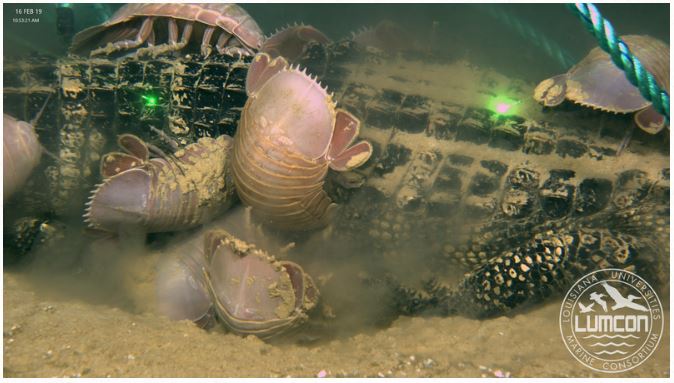

Foghorn (A Call to Action!)
- Your regular reminder that the currently proposed 2020 US budget is a crime against the American People. Call your representatives, especially if you live in MD, LA, or NC.
Flotsam (what we’re obsessed with right now)
- The destruction of Beira is a catastrophe on a nearly unimaginable scale. ‘Almost Everything Is Destroyed’: Cyclone Idai Leaves Mozambique’s Fourth-Largest City in Ruins.
- It’s Official, This Is the Oldest Known Mariner’s Astrolabe in the World.

- After Two Decades, a Fishy Genetic Mystery Has Been Solved.
- A scientist faced down the ultimate cold case: How did two groups of fish separately evolve genes for making antifreeze?

Foghorn (A Call to Action!)
- Last week was a huge week for deep-sea mining and there’s still more coming. Catch up on the latest!
Flotsam (what we’re obsessed with right now)
- Legendary submarine pilot Erika Bergman, a couple dudes, and a group of scientists make exciting discovery inside Great Blue Hole and What Erika Bergman, Richard Branson, Fabien Cousteau, and Aquatica Submarines Found In Belize’s Great Blue Hole.
